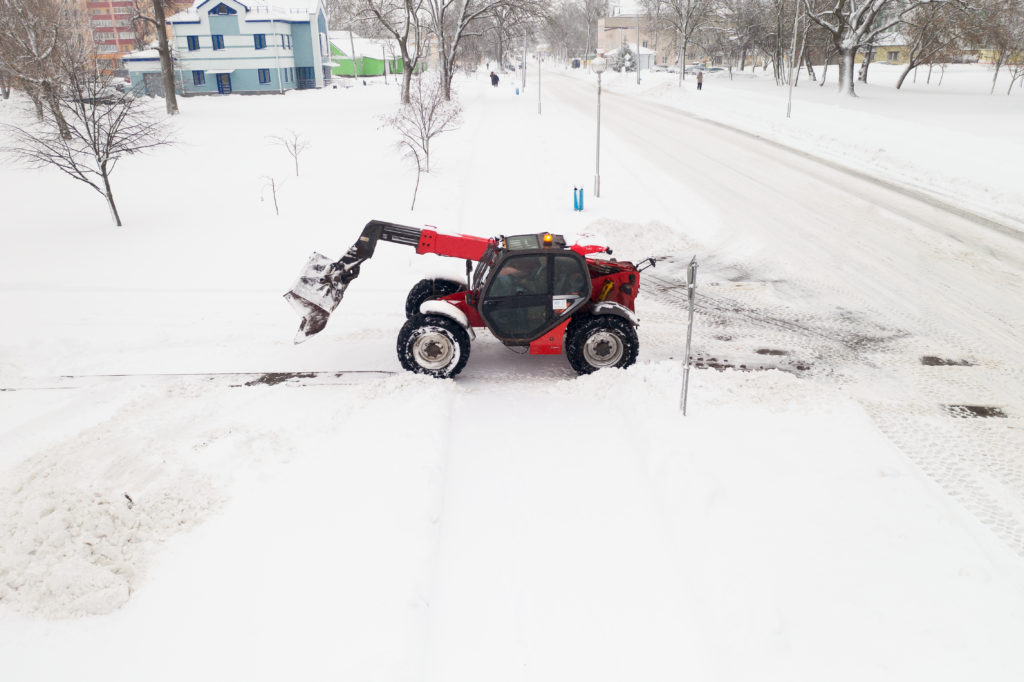5 Ways Concrete Can Fail, And How To Avoid Them

Concrete can be one of the most durable building materials available, but it’s not indestructible. Concrete has a long lifespan, but there are ways it can fail prematurely. If you’re planning to use concrete in your next project, understand what causes this failure and how to prevent it. This article will examine five types of concrete failure and how to avoid them:
Premature Shrinkage Cracks
Too much water in the concrete causes premature shrinkage cracks. They’re most common in new concrete that hasn’t cured properly. The amount of water used to make concrete determines how it shrinks as it dries. For example: if you use too much water when mixing your cement, the structure can potentially crack before it has had time to cure.

Corrosion Of Embedded Metals.
Embedded metal is a common feature of concrete construction. These metals may be rebar, wire mesh, or other types of reinforcement. The corrosion of embedded metal can cause deterioration of concrete structures.
Embedded steel in concrete can be susceptible to corrosion when exposed to moisture and oxygen for long periods.
Thermal And Volume Change.
Concrete is brittle and is more prone to cracking in cold weather than in hot. This is because the volume of the water that makes up the concrete will expand when it freezes, causing cracks. In hot weather, the opposite happens, and your concrete could crack from shrinking.
Damage Due To Salt For Ice
Concrete may also fail due to chemical attacks by chlorides, sulfates, acids, alkalis, and more. The most common chemical attack agents on concrete are sulfates and chlorides because they are used in deicing salts and highway de-icing chemicals. Such salt for ice can cause concrete deterioration during winter when moisture is present.
What Ice Melt Is Safe For Concrete
The best way to choose the right deicer for your concrete surface is to do as much research as possible. Check the label of each product and make sure it lists concrete as a suitable surface. If you are unsure about the safety of any particular product, don’t use it. Do not use ice melt homemade as they have their disadvantages and can stain your concrete driveway.
Read all instructions carefully before applying any deicing agent to your driveway, sidewalk, or patio. Make sure that all precautions have been taken into account before you apply this material to avoid damage to yourself or others who may be exposed to it later on down the road. We recommend not to use any ice melt for new concrete.
100% salt & chloride-free, fast acting Ice Management Solution
Conclusion
Concrete is one of the most versatile building materials available today. It can be used for everything from sidewalks to skyscrapers, and it’s an essential part of our everyday lives. However, it does have its limitations. If you want to make sure your concrete project goes smoothly and doesn’t end up costing you more money or time than necessary, then it’s important to understand what these are and how to take care of them.
Try Also Our Other Winter Safety Products:
Safe Paw
The Original and #1 Selling Pet and Child Safe Ice Melt for over 20 years. Guaranteed environmentally safe –It won’t harm animals or children, and it won’t damage your property. That’s Safe Paw. Safe Paw can change how winter affects our planet.

Walk On Ice
The handy disposable canister can be taken everywhere, with the same 100% naturally occurring minerals that provide instant traction on ice or snow. Use it on sidewalks, steps, or as an instant traction agent for your car.


